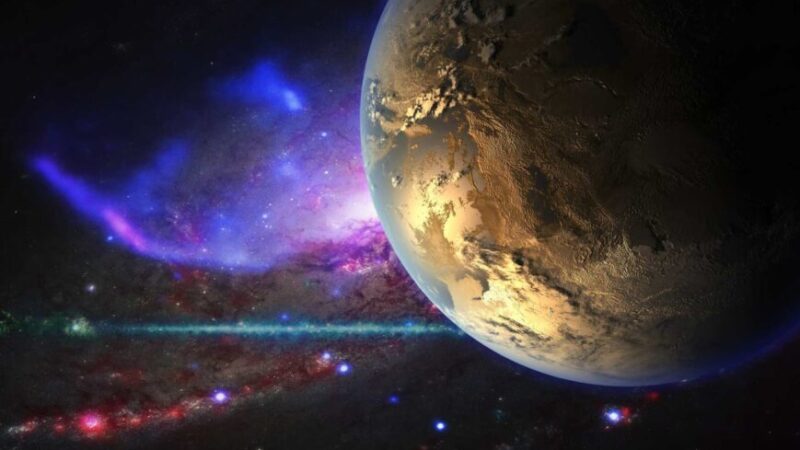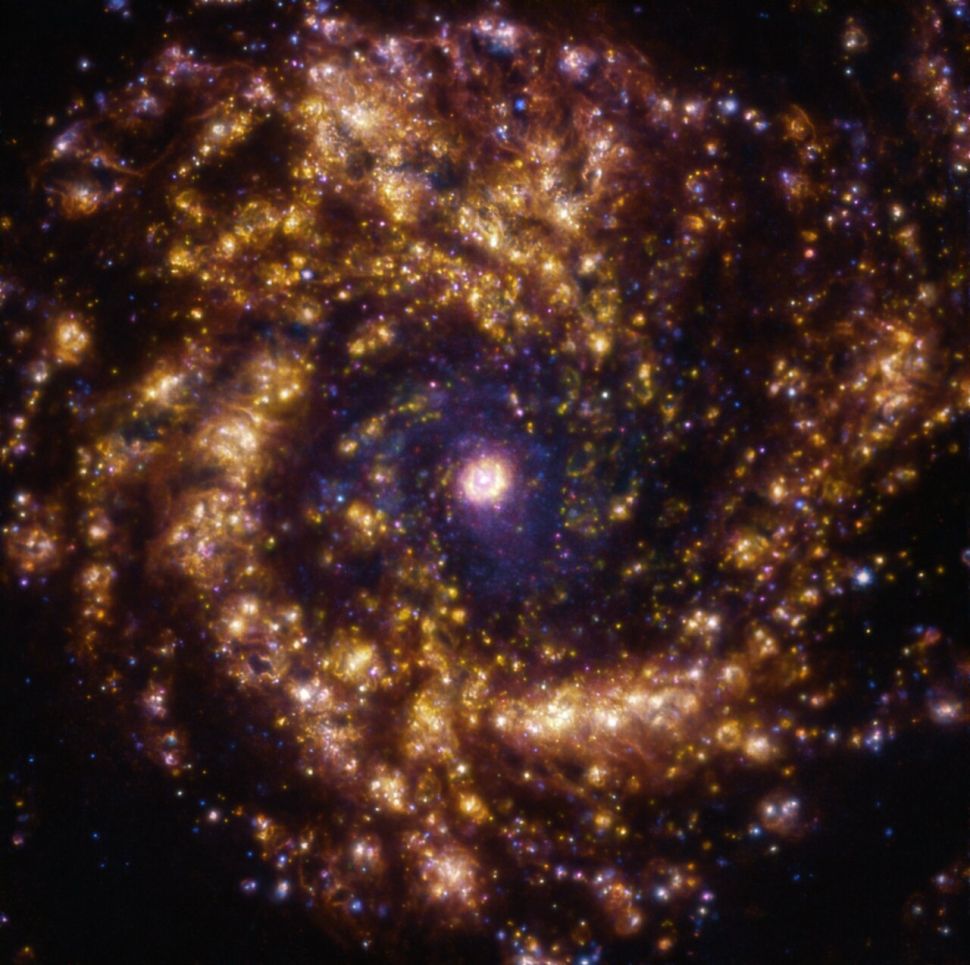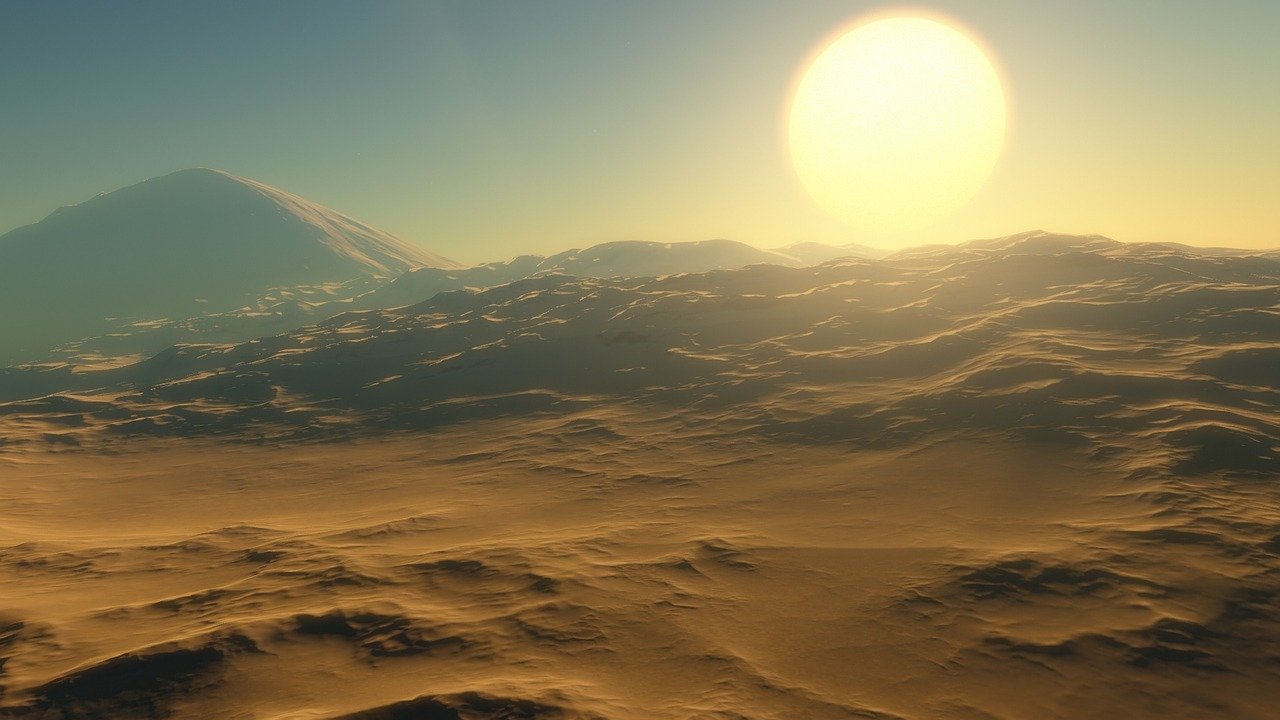Answers About Exoplanets

Definition of an Exoplanet
An exoplanet is a planet that orbits a star and is outside of our solar system. Earth-like exoplanets are of particular interest to astronomers because they may be able to support life. NASA has discovered thousands of exoplanets using the Kepler Space Telescope and is currently searching for more using the JWST. Scientists believe, exoplanets like earth are common in the Milky Way galaxy. Exoplanets list is not something you can find in a book.
Habitable Exoplanets
Habitable exoplanets are of great interest to scientists because they have the potential to support life. To support life, a planet must have liquid water, a stable climate, and an atmosphere. Carbon-based life forms need liquid water to survive, so the presence of liquid water is a key factor in determining habitability. Additionally, the climate of a planet must be stable enough to allow for the development and maintenance of complex life forms. Finally, the atmosphere of a planet must be able to support the existence of complex life forms.
Naming of Exoplanets
Names of exoplanets are usually based on the star they orbit. For example, the exoplanet Kepler-186f orbits the star Kepler-186. Other ways to name exoplanets include using the order they were discovered in or their coordinates. Like, for example, HD 189733 b was named using its catalog number and the order it was discovered in.
Discovery of Exoplanets
There are many ways to discover exoplanets. The transit method is when an exoplanet passes in front of its star causing a dip in the star’s brightness. The radial velocity method is when an exoplanet’s gravity causes its star to wobble. With direct imaging method, scientists photograph an exoplanet directly. The microlensing method is when the gravity of an exoplanet bends and magnifies the light of a more distant star. As of November 2022, there are 5,247 confirmed exoplanets. The number of exoplanets discovered each year has been increasing as technology improves. NASA estimates that there may be billions of habitable exoplanets in our galaxy.
Closest Exoplanet to Earth
The closest exoplanet to Earth is Proxima Centauri b, which is 4.2 light years away. However, the crown may shift to a new one soon. James Webb Space Telescope has a lot of promises and one of them is finding closer exoplanets. This is important because it makes it easier to study their atmospheres and possibly find signs of life.
Exoplanets Like Earth
There are many exoplanets that are similar to Earth in size and composition. Some are even more similar to Earth than others. For example, Kepler-452b is an exoplanet that is almost the same size as Earth. There are also ones with water and an atmosphere. However, we have never found an exoplanet that is an exact match for Earth.
Exoplanets Different from Earth
There are many exoplanets that are very different from Earth. For example, some are very large, some are very small, some are very hot, and some are very cold. Some have multiple suns and some have rings. Some rogue planets even orbit black holes.
Newly-Discovered Exoplanet
Colossal Exoplanet TOI-1075b is the most massive super-Earth to date. Recently, researchers discovered it using the Transiting Exoplanet Survey Satellite (TESS). This new world is 1.8 times the radius of Earth and 9.95 times its mass. This makes it one of the largest rocky planets we’ve discovered from Earth. Its density is 9.32 grams per cubic centimeter, nearly twice that of Earth. This massive planet is located in the so-called small-planet radius gap. That is a region where very few planets have been found. Scientists believe this is because planets in this region are too small to retain an atmosphere against the evaporative radiation so close to the host star. However, Colossal Exoplanet does not seem to follow this trend. Further study of this world could help shed new light on the formation and evolution of super-Earths.
Zoom-In to Exoplanets
Zooming-in on exoplanets is really tough. It’s even tougher than the most challenging targets for ground-based telescopes. Why? Because they are so far away and so tiny. They’re also usually very close to their much brighter parent stars. James Webb Space Telescope, the most powerful, is still far from providing the high-resolution images of these objects that we really crave. But if we can zoom in that far, billions of light years away, why not zoom-in to nearer exoplanets? The thing is that you can see those stars with naked eyes too. But you can’t zoom in to them with your naked eyes. So, no matter how good astronomical telescopes you build, it’s just a better way of viewing exoplanets or stars with your naked eyes. Even if we build a telescope 100 times better than the JWST, there is a limit after which the planet’s image just gets fuzzier and gloomy.
Auto Amazon Links: No products found.


